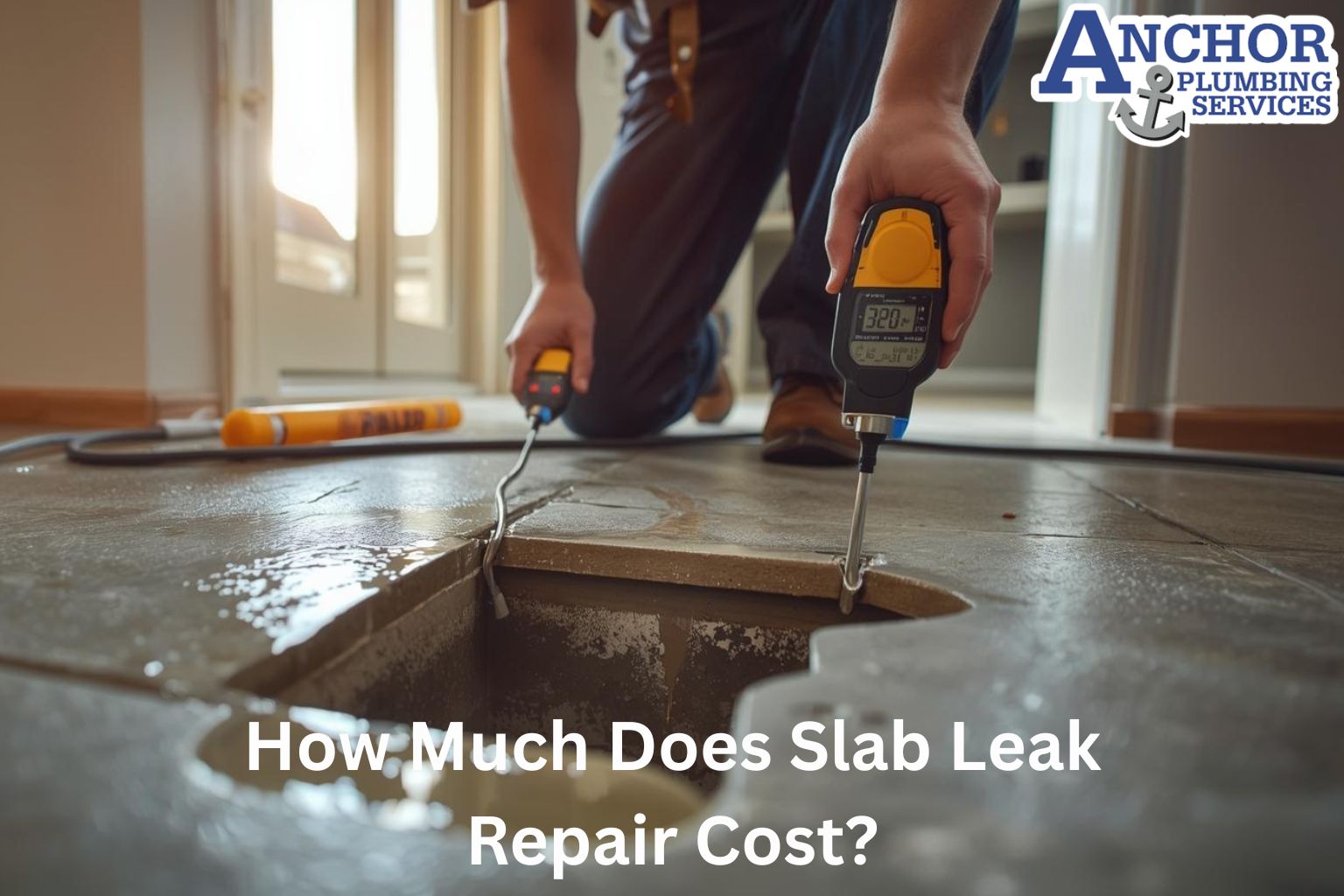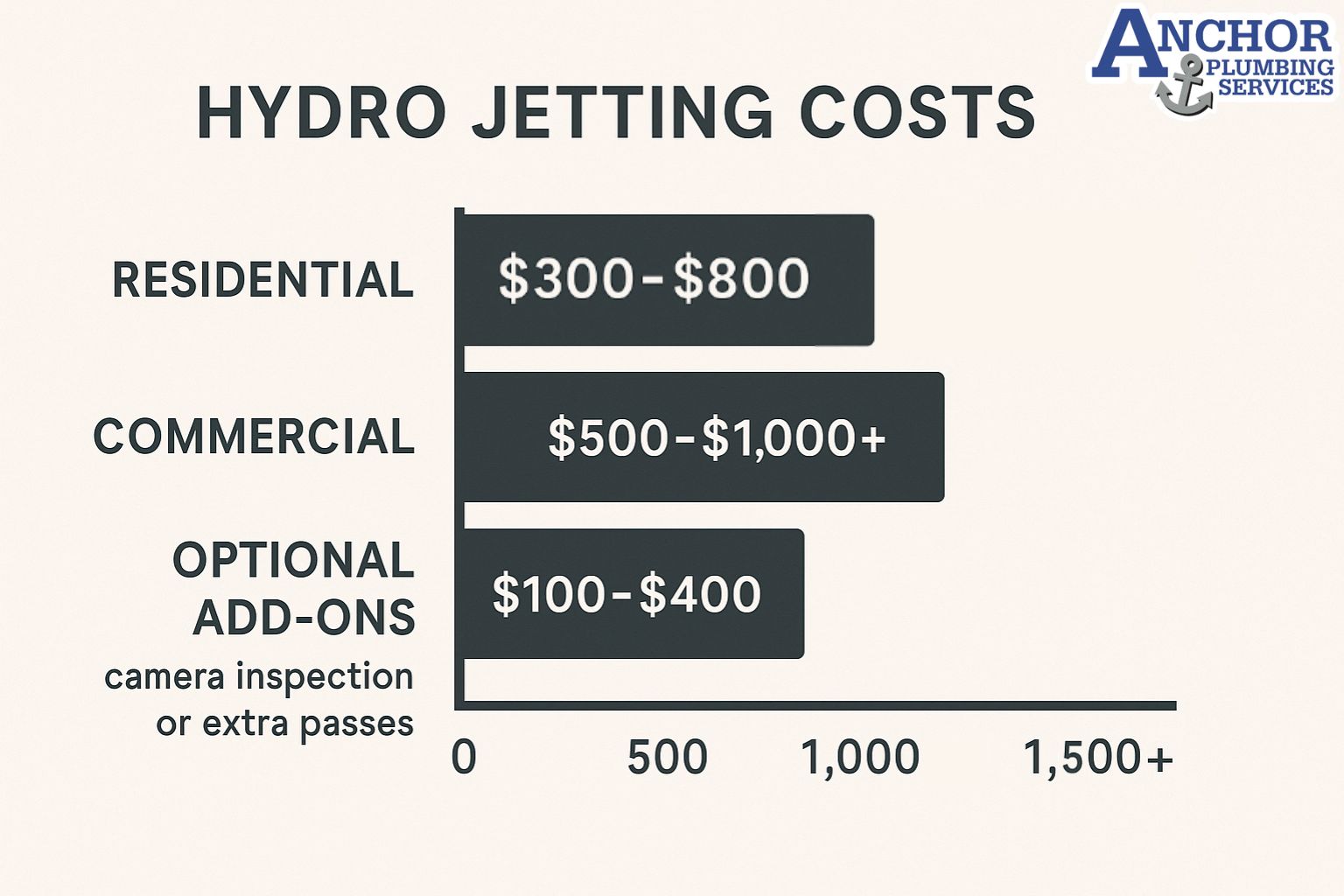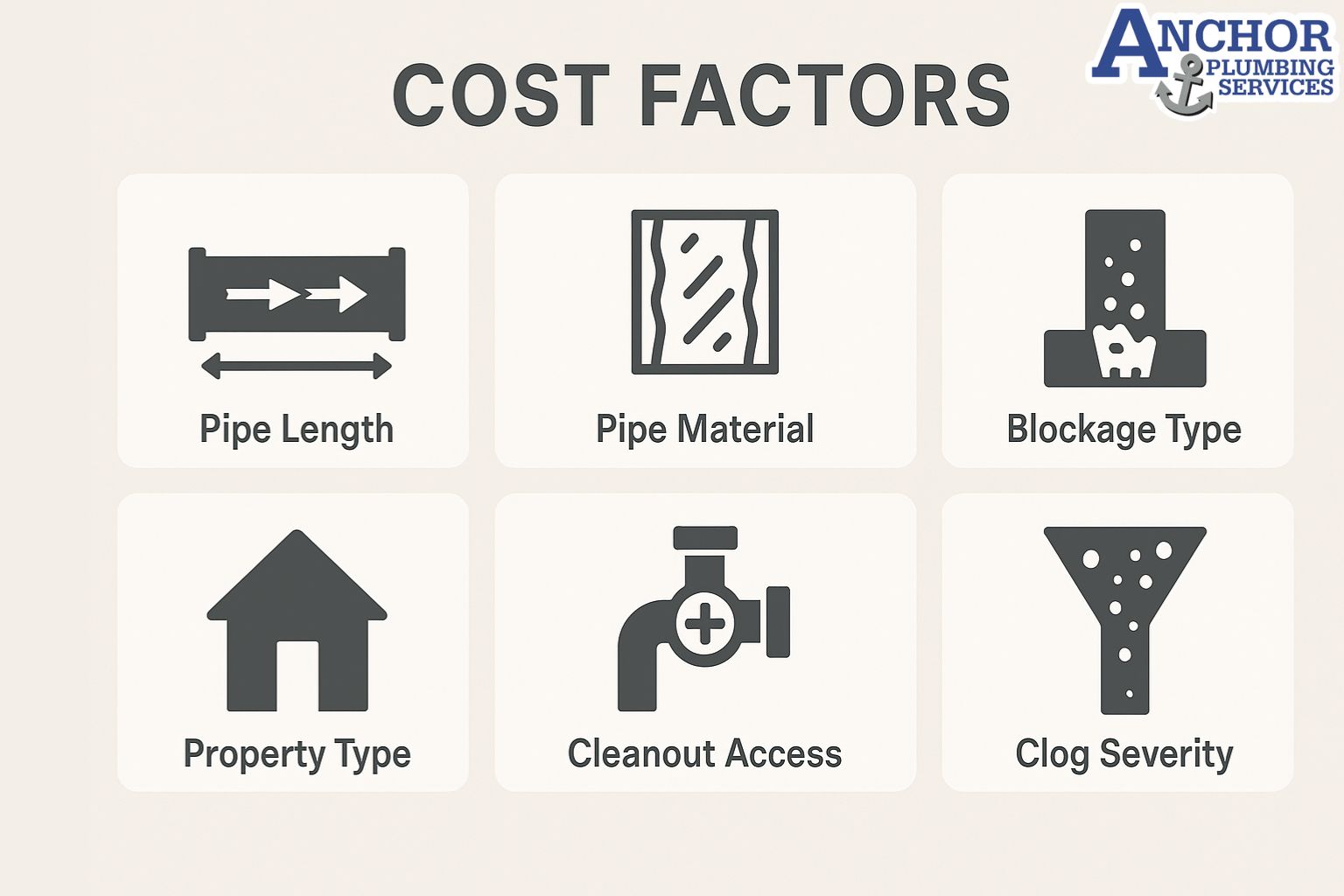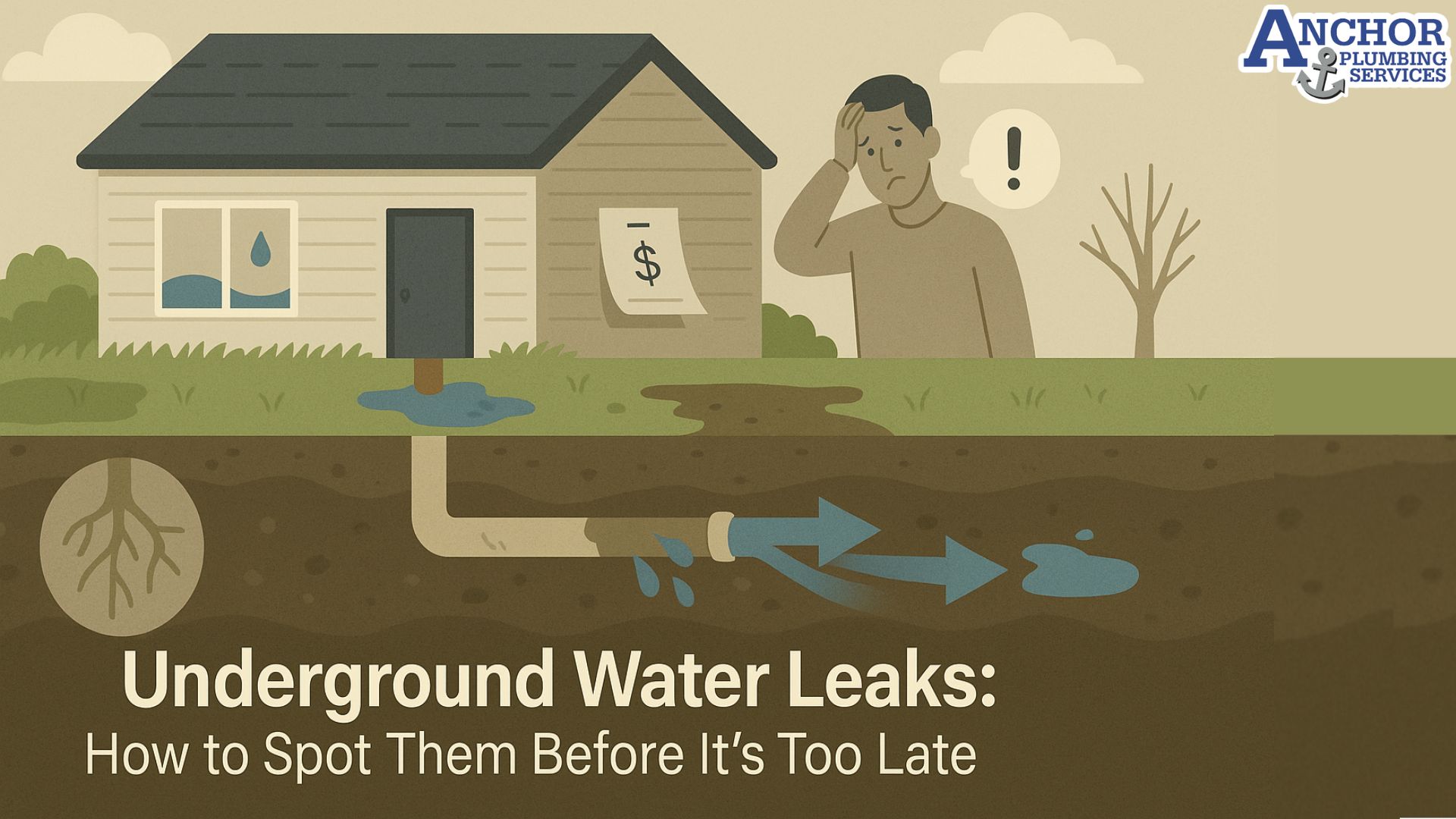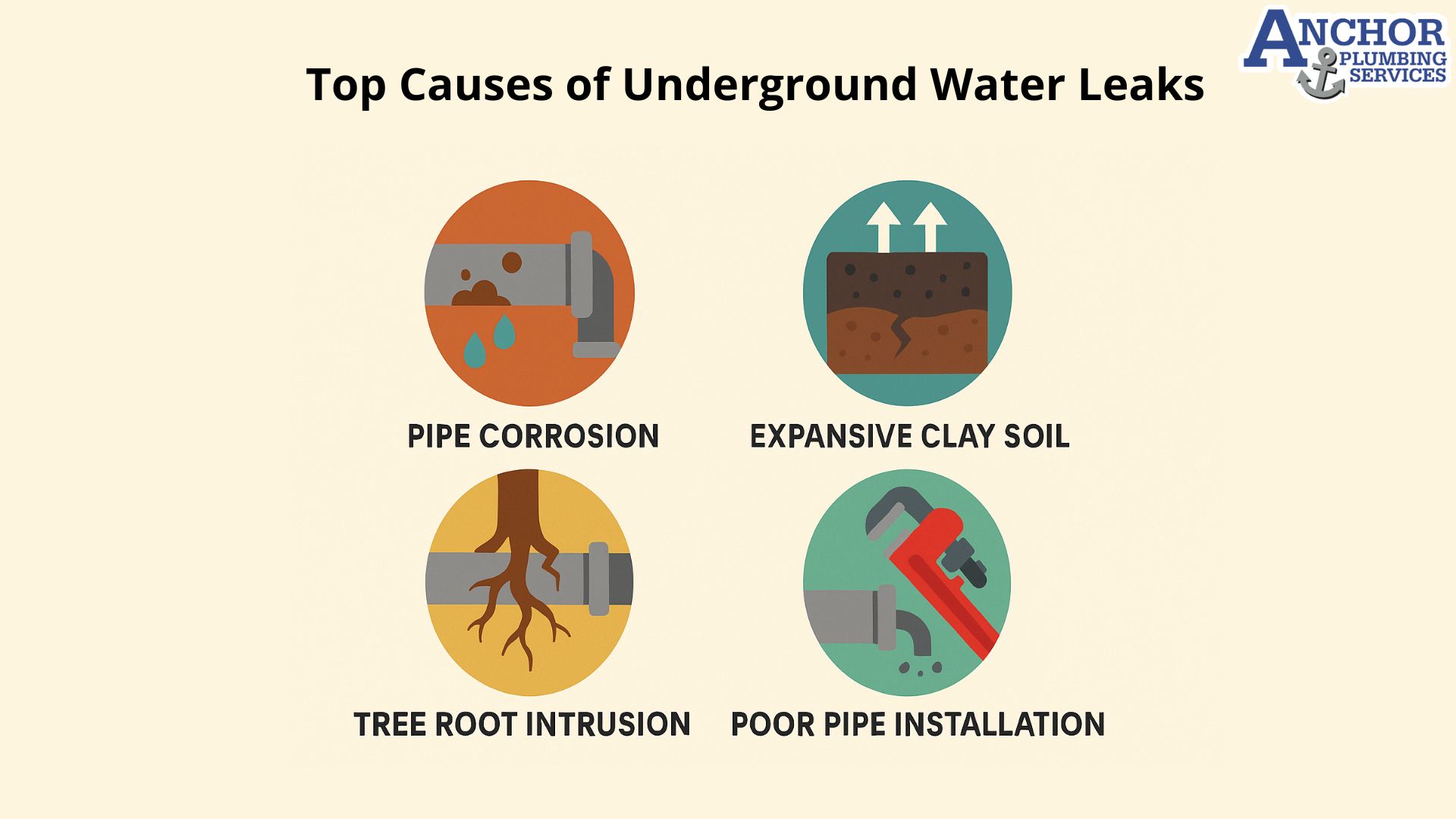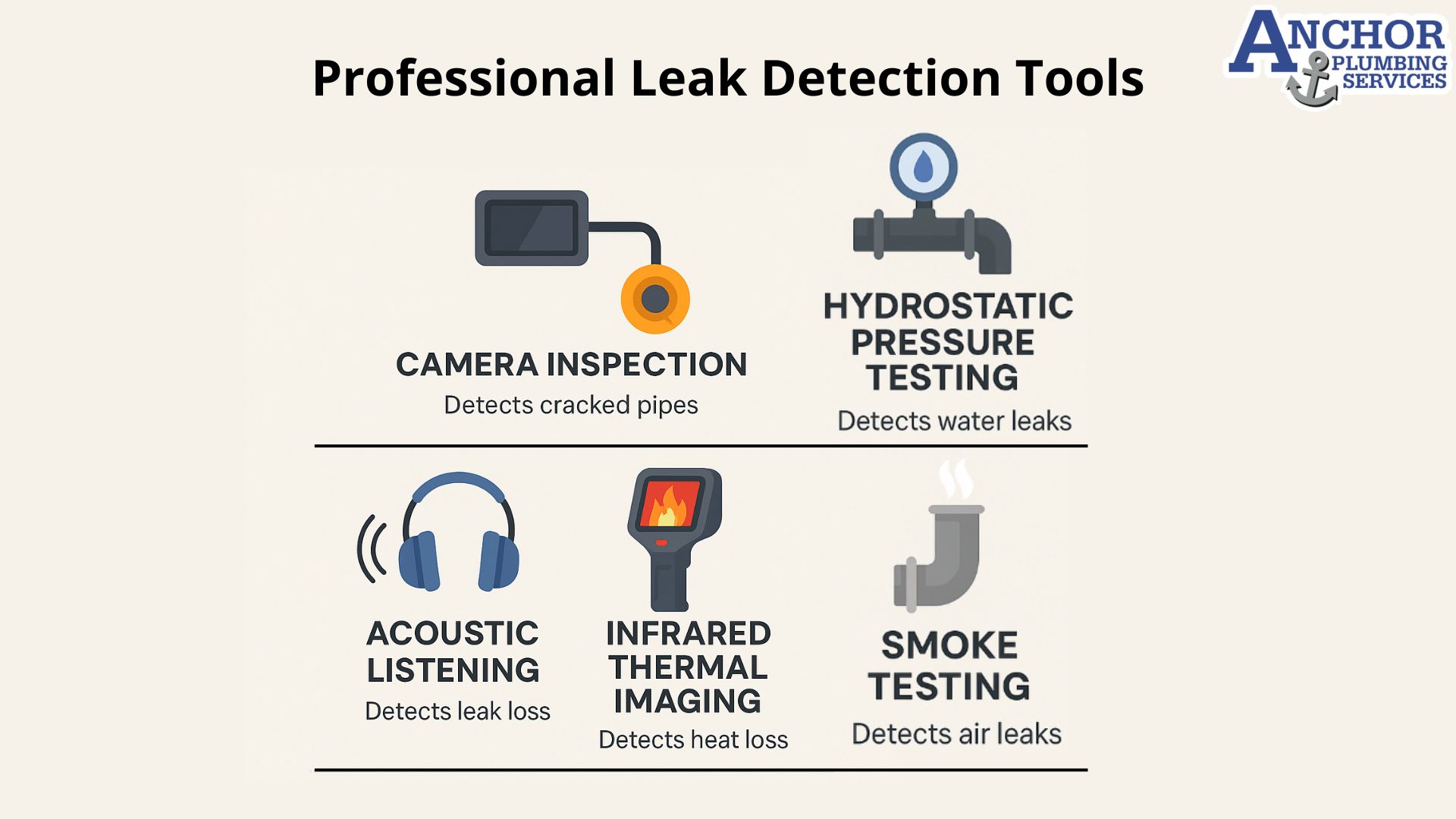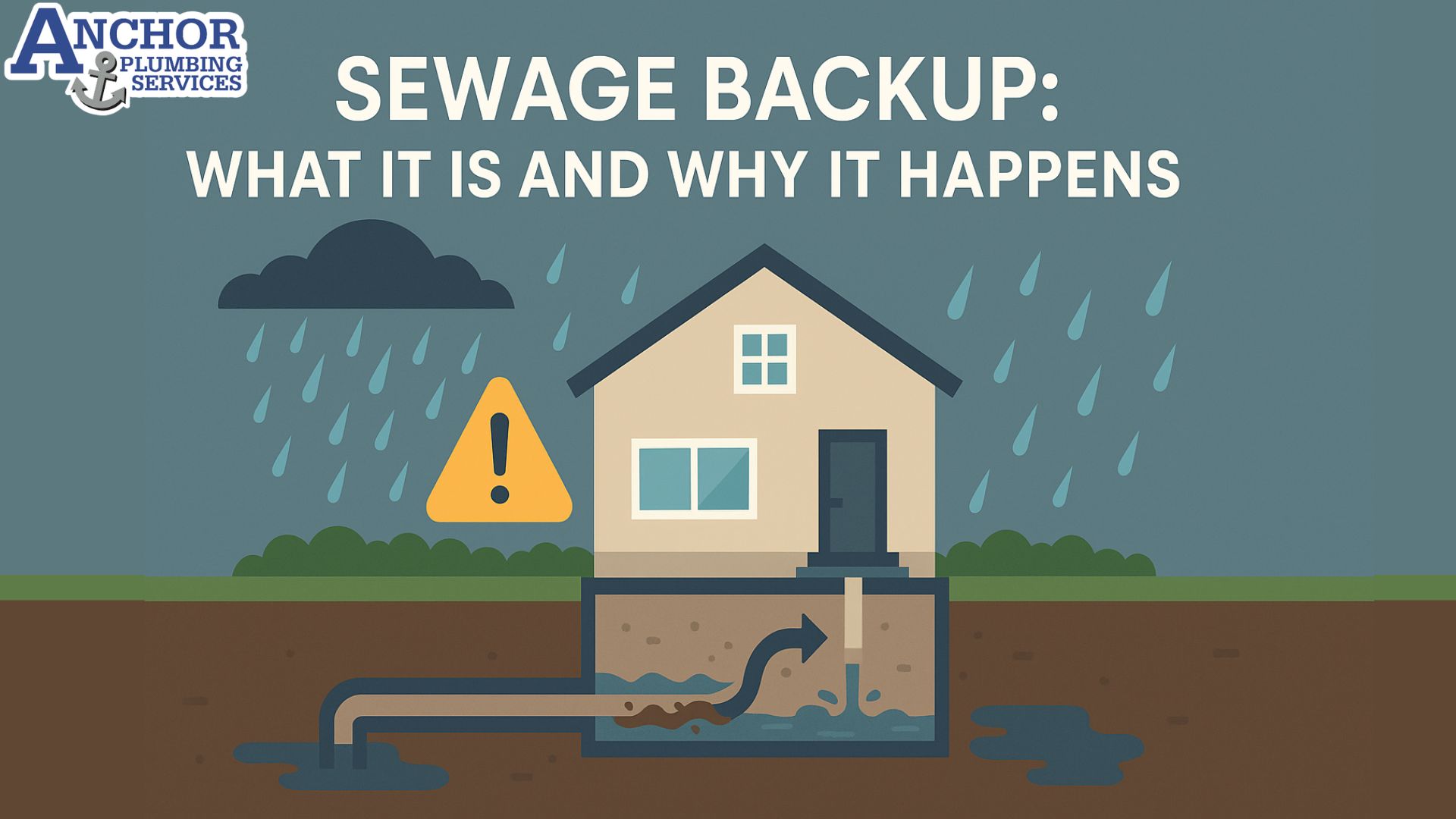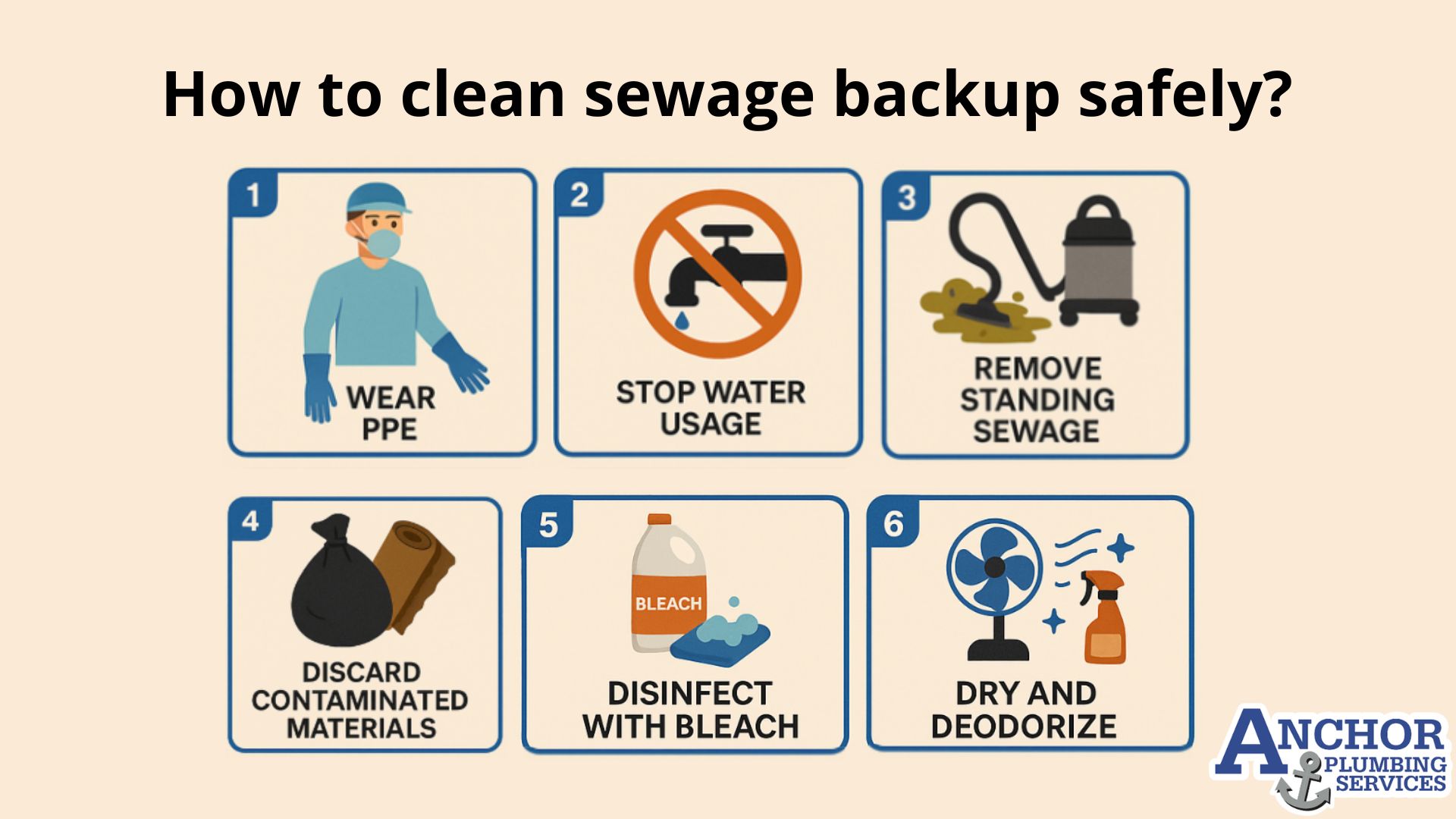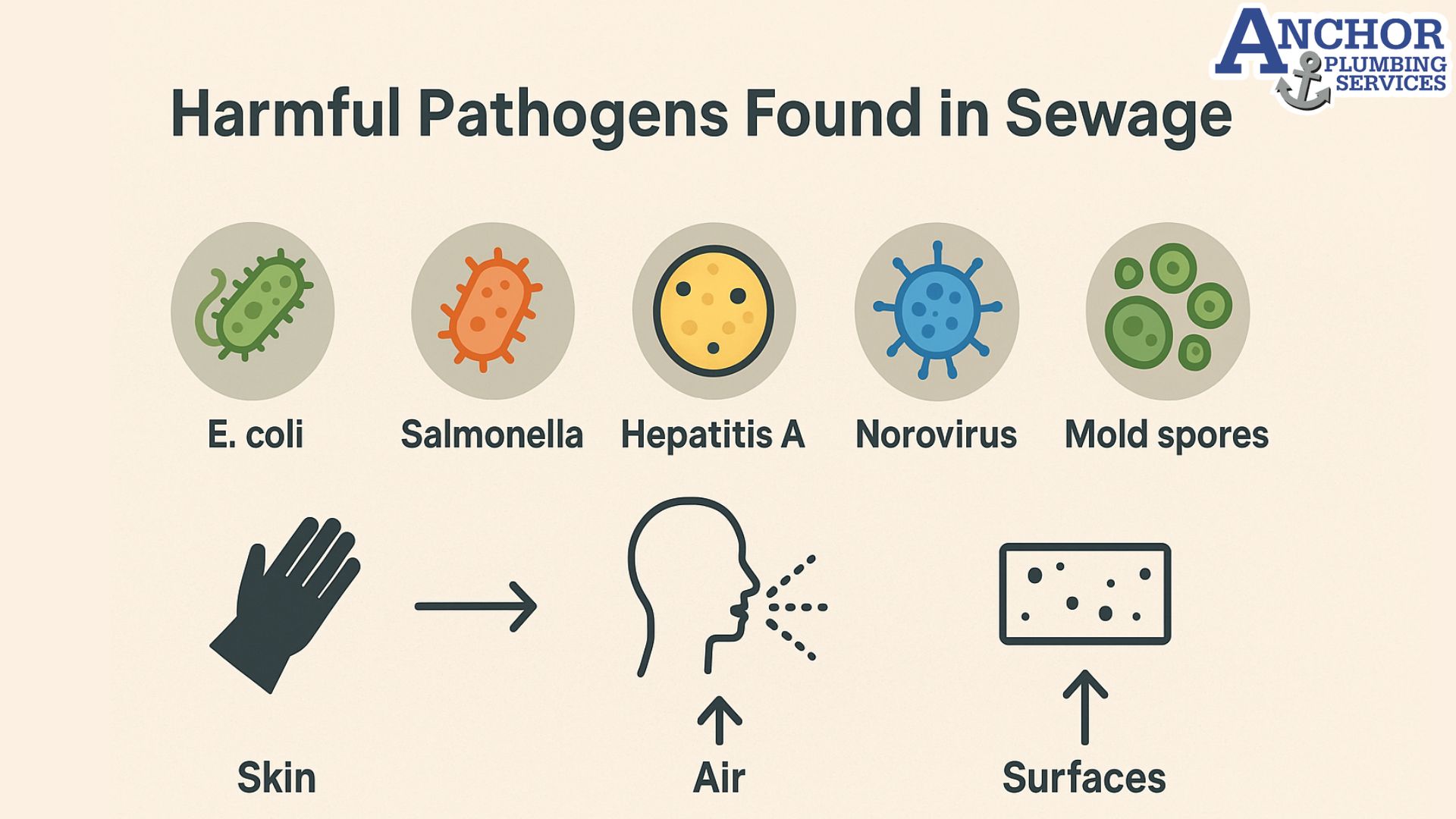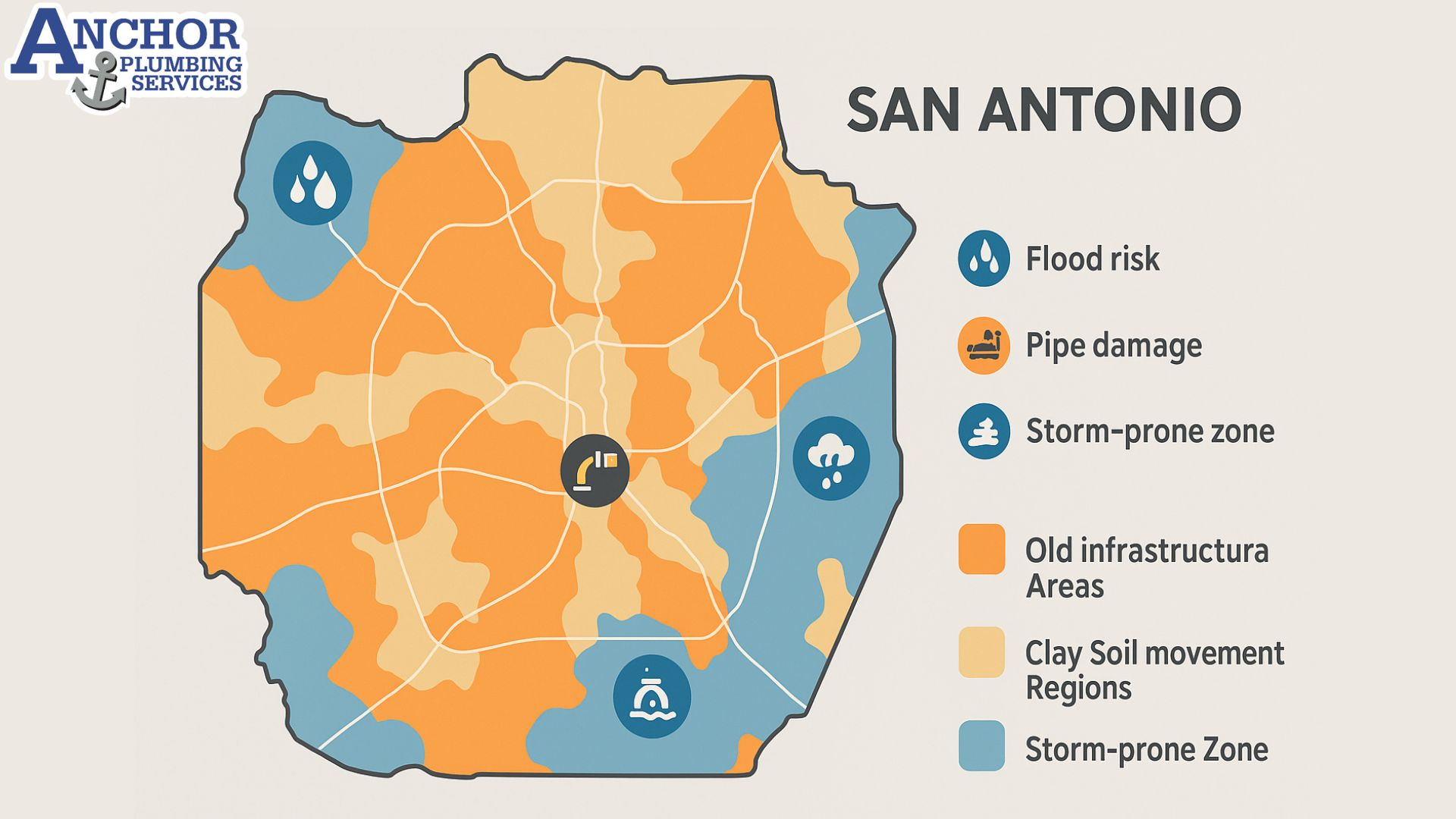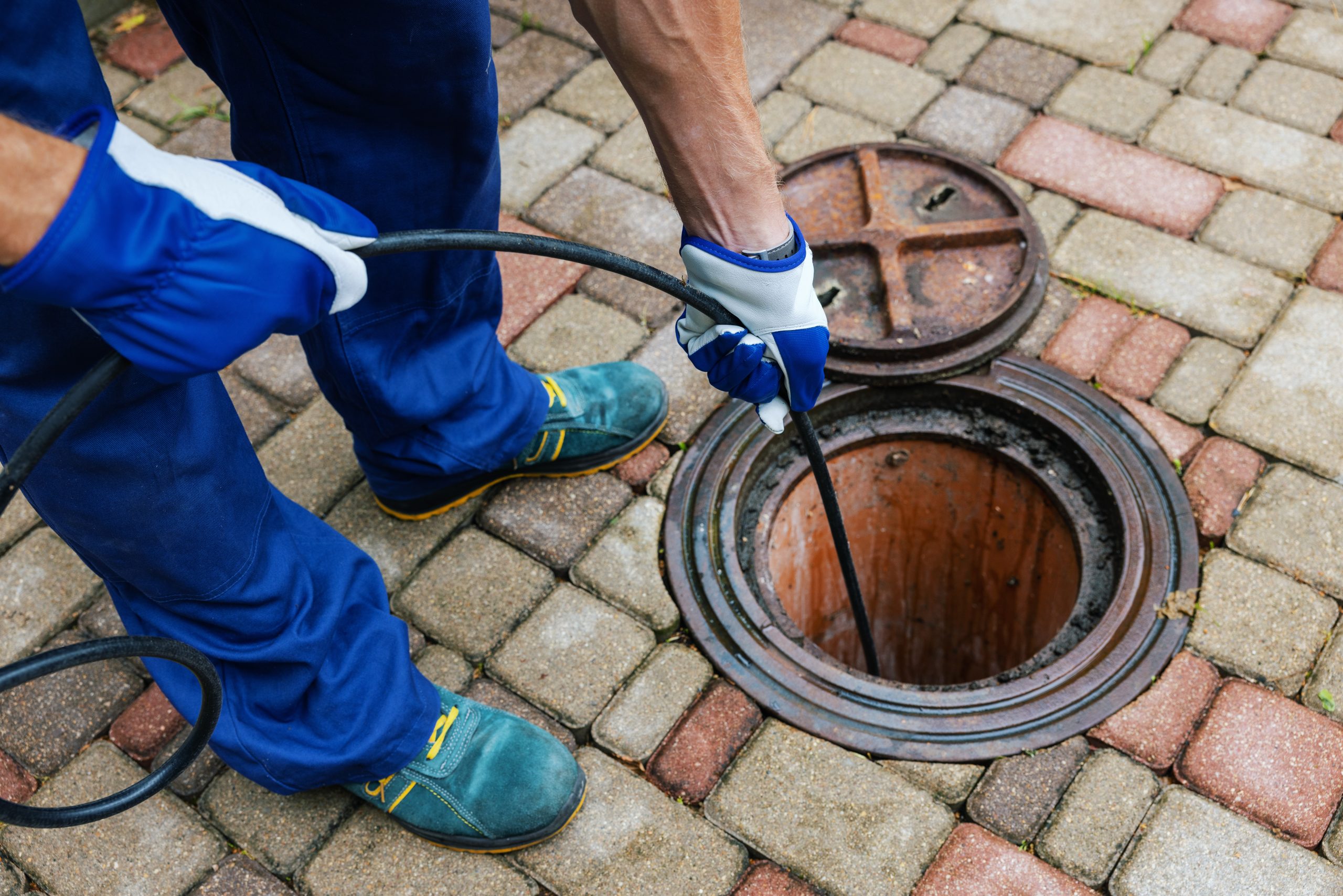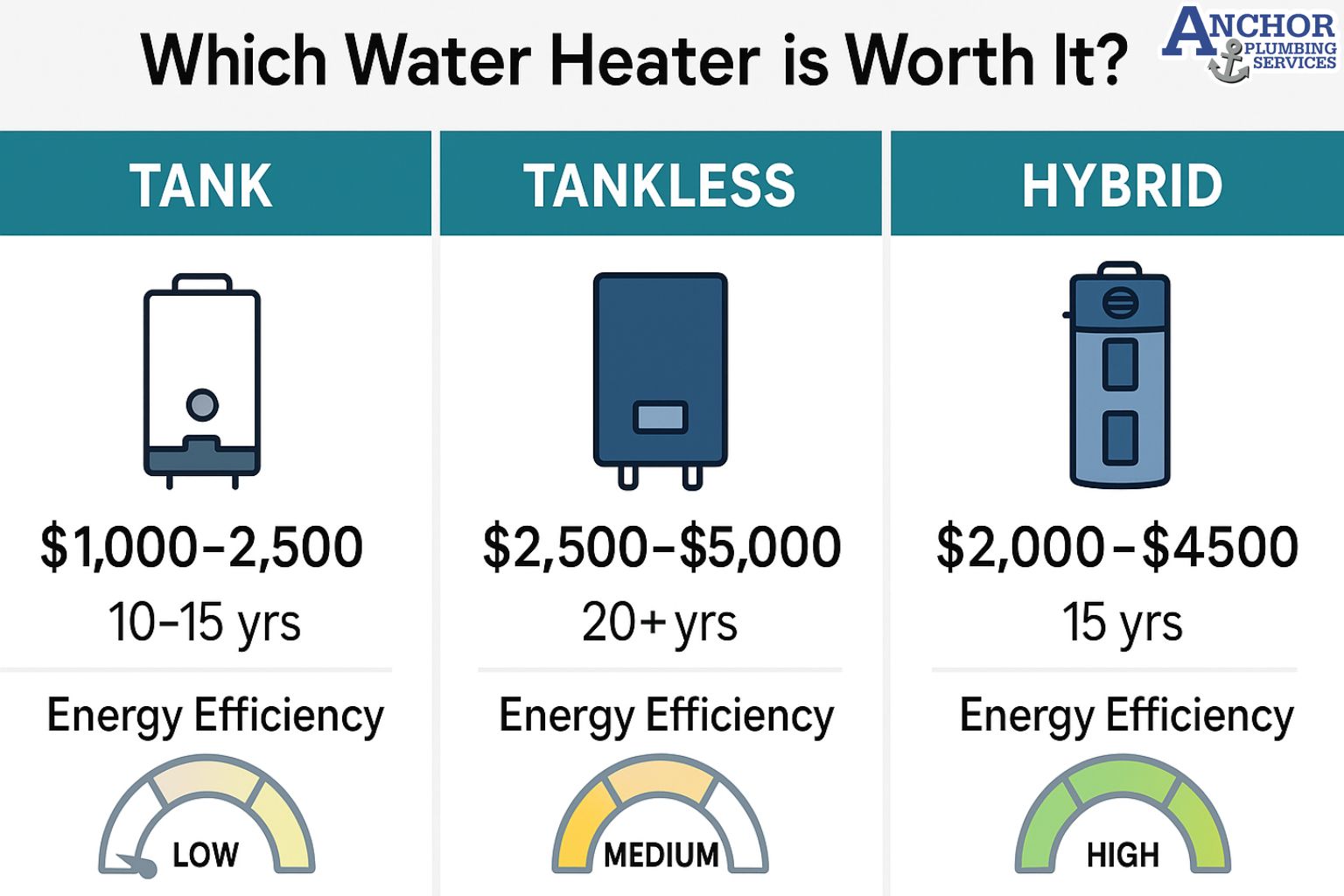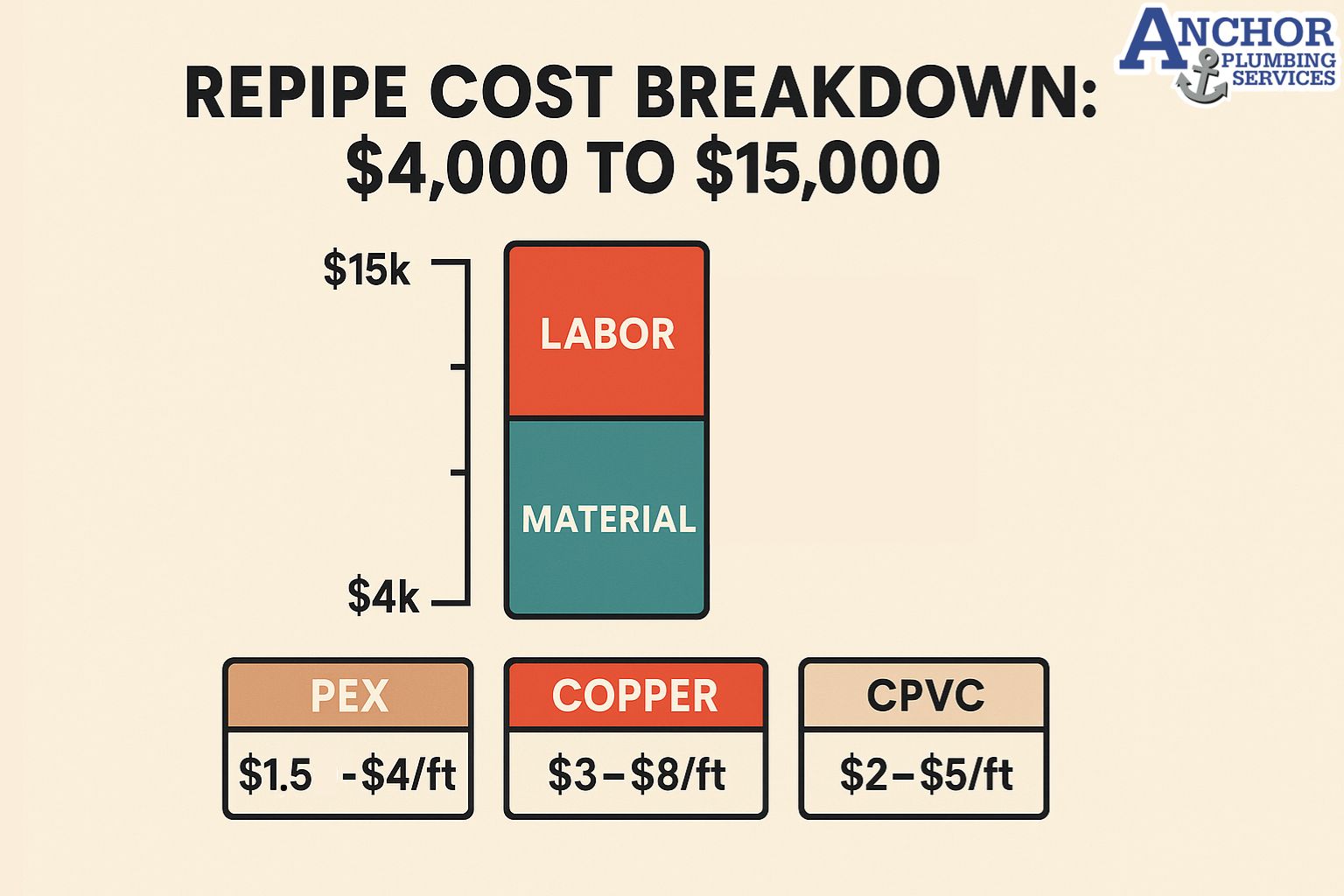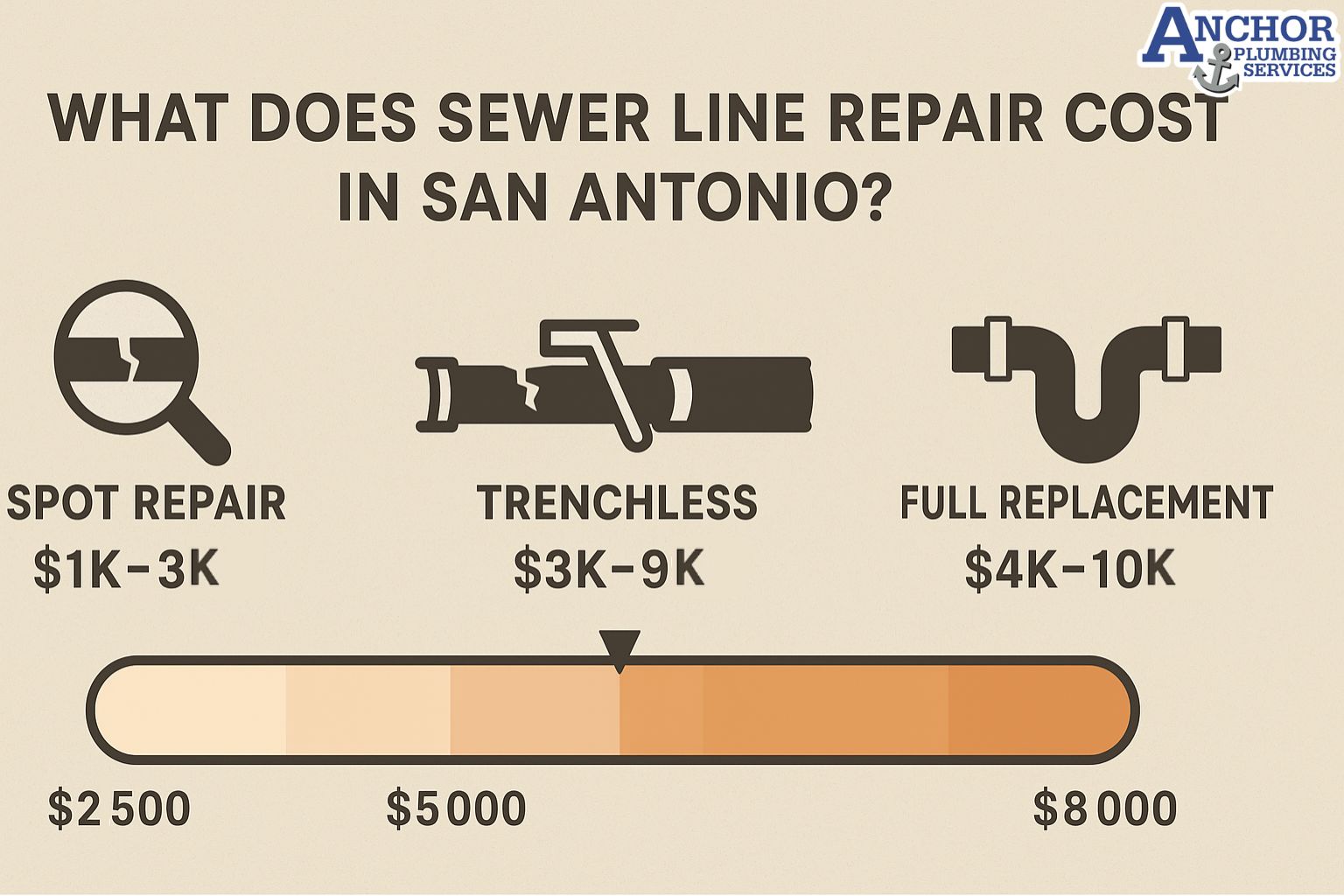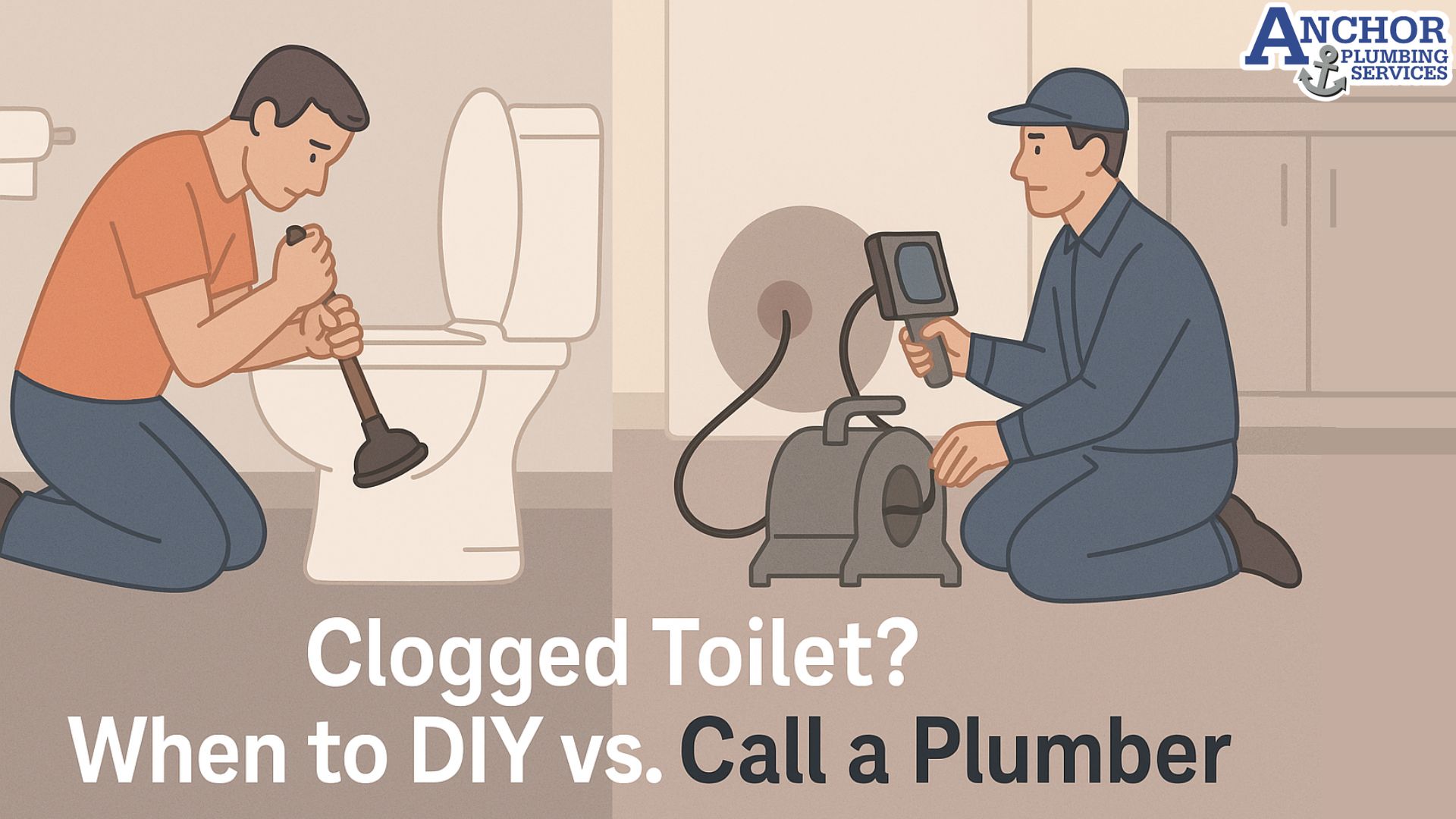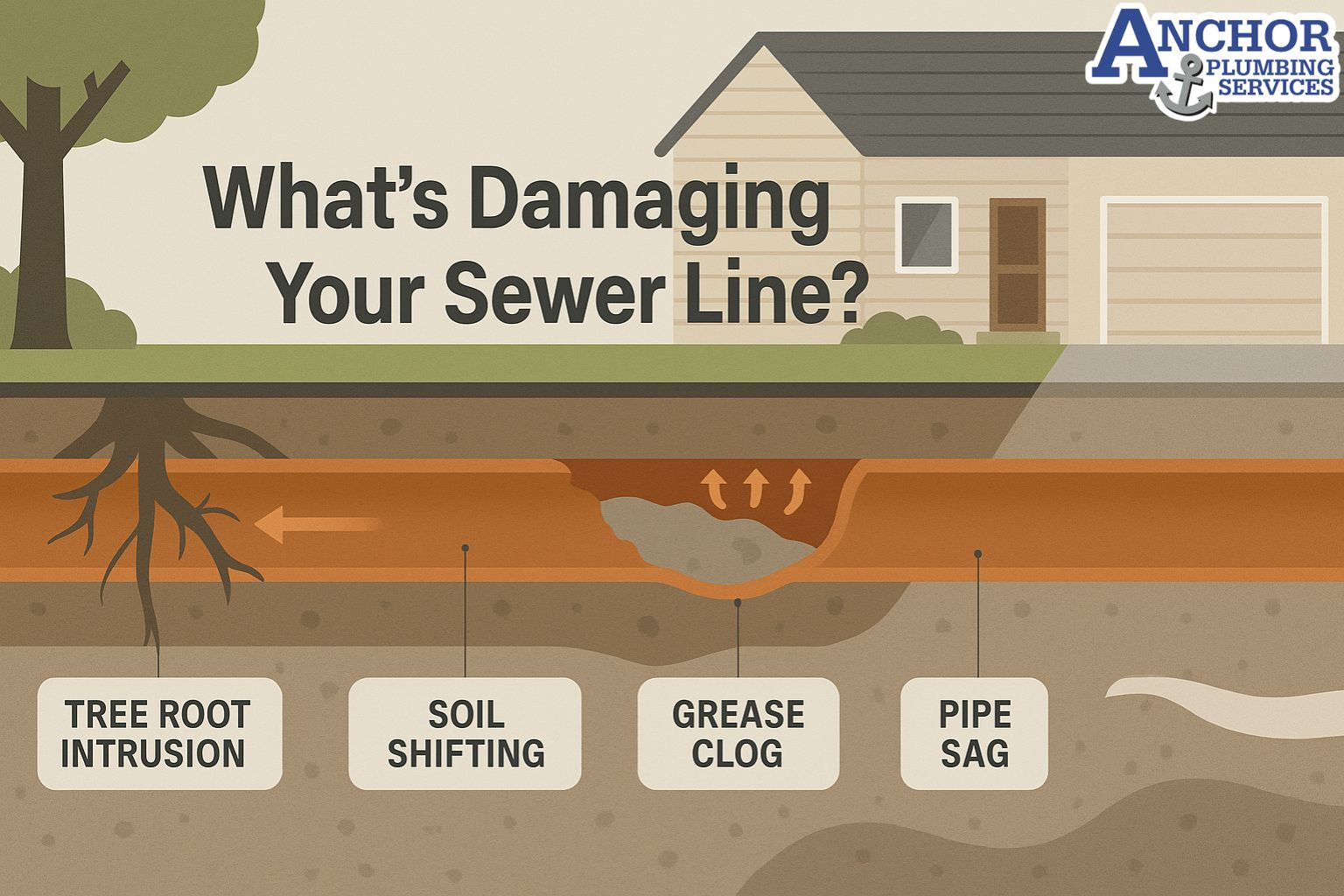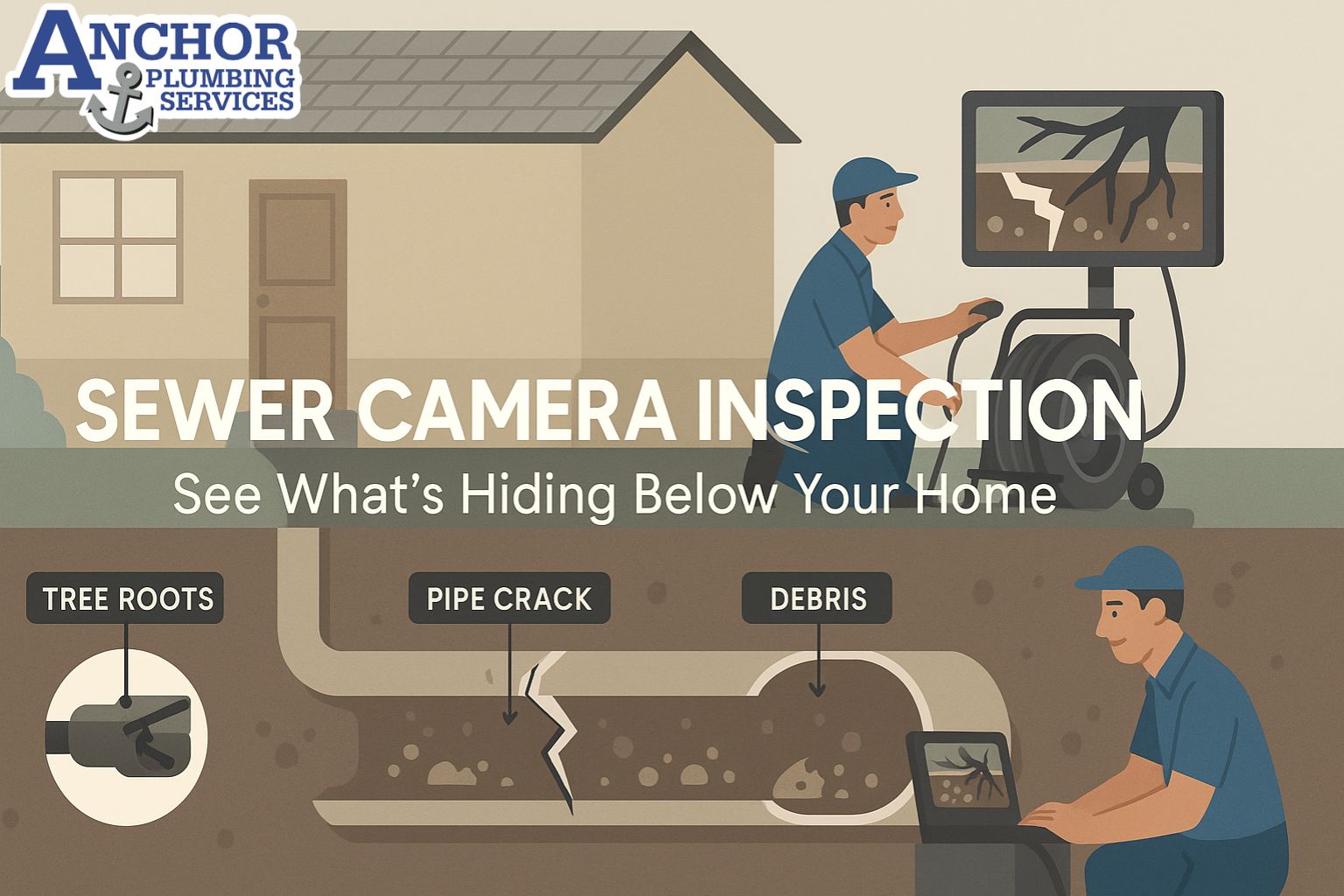Slab leak repair typically costs between $1,500 and $4,500 for most homes, depending on leak severity, pipe material, and accessibility under the foundation. The total price can increase if advanced detection or full repiping is required to prevent future leaks.
Slab leaks are among the most complex plumbing issues because they occur beneath your home’s concrete foundation. Repair pricing reflects both the difficulty of locating the leak and the restoration work needed afterward. Professional detection tools, such as acoustic sensors and cameras, help pinpoint leaks without unnecessary damage, ensuring accurate repairs and long-term reliability.
What Is a Slab Leak and Why It Matters
A slab leak occurs when a pressurized water line beneath the concrete foundation begins to leak due to corrosion, high water pressure, or ground movement. These leaks are serious because water seeps through the slab, damaging flooring, walls, and the foundation itself.
Over time, slab leaks can lead to mold growth, structural weakening, and costly foundation repairs. The constant water flow also increases monthly utility bills and may create warm or damp spots on floors. Detecting and repairing a slab leak early helps maintain your home’s integrity and prevents secondary damage to your plumbing and electrical systems.
Slab leaks can develop from aging copper pipes, chemical reactions in the soil, or vibrations caused by shifting ground. Regular inspections and water pressure monitoring are essential to catch leaks before they reach critical levels.
How Much Does Slab Leak Repair Cost?
Slab leak repair typically costs $1,500 and $4,500 for most homes. Leak detection costs $150 to $600, while full repiping costs around $4,000 to $15,000 depending on the pipe condition and layout. The final price varies based on the detection method, accessibility, and the repair technique your plumber recommends.
Most homeowners pay between $1,500 and $4,500 when the leak is isolated and easy to access. Complete slab leak repair usually includes the diagnostic inspection, access through the concrete, the pipe repair itself, and basic slab patching once the work is finished. Prices increase when technicians must remove flooring, cut through thicker concrete, or repair multiple damaged lines.
Leak detection alone generally costs $150 to $600, using specialized tools such as acoustic listening devices, infrared imaging, or camera inspections. Once identified, the final repair cost varies depending on the chosen method and accessibility.
| Repair Method | Average Cost | Description |
| Leak Detection Only | $150–$600 | Locating the leak using sensors or cameras |
| Spot Repair | $1,500–$3,000 | Opening the slab and replacing a single pipe section |
| Rerouting | $2,000–$4,500 | Installing new water lines through walls or ceilings to bypass damaged areas |
| Repiping | $4,000–$10,000 | Replacing all underground water lines for a permanent solution |
Spot repairs are the least expensive but may not solve the problem if multiple leaks exist. Rerouting and repiping are more comprehensive options that eliminate recurring leaks and strengthen overall plumbing performance.
Technicians assess your home’s foundation type, water line material, and leak location to determine the best approach. Investing in a complete reroute or repipe may seem costlier upfront but can prevent thousands in future foundation and water damage repairs.
What Factors Affect Slab Leak Repair Cost
The cost of slab leak repair depends on how deep the leak is, what material the pipes are made of, and how easy it is to access the damaged area. Technicians assess the leak’s depth and location before estimating cost, ensuring accuracy in both detection and repair.
Several key factors influence the final price:
- Pipe Material: Copper piping is more expensive to repair or replace than PEX or PVC because it requires soldering and specialized labor. Homes with aging copper systems often face higher material and labor costs.
- Accessibility: Leaks beneath concrete slabs or inside tight crawl spaces take longer to reach and repair. Breaking through the foundation increases labor time and restoration costs compared to rerouting pipes through walls or ceilings.
- Leak Location: Leaks under bathrooms, kitchens, or laundry rooms are harder to access due to plumbing density. These areas may require additional fixture disconnection or tile removal.
- Home Size and Layout: Larger homes typically have more extensive water lines. The greater the distance between fixtures and the main supply line, the higher the repair complexity and labor time.
- Detection Difficulty: Advanced diagnostic tools such as acoustic sensors, infrared cameras, or pressure testing equipment add to upfront costs but help pinpoint leaks accurately, minimizing unnecessary excavation.
- Local Labor Rate: Pricing varies based on regional labor rates and the plumber’s experience level. In cities like San Antonio or Austin, professional slab leak specialists may charge more due to higher demand and licensing standards.
Common Repair Methods for Slab Leaks
Plumbers use different repair methods depending on leak severity, location, and long-term system condition. Each technique varies in cost, invasiveness, and effectiveness.
- Spot Repair: Spot repair is a targeted fix where a technician breaks through the slab to access and replace the damaged pipe section. It is best for isolated leaks and costs less than full rerouting. However, it is not ideal for older plumbing systems prone to repeated failures.
- Rerouting Water Lines: Rerouting creates new water lines through walls, attics, or ceilings to bypass the damaged section under the slab. Plumbers may choose rerouting when multiple leaks exist or when the foundation is difficult to access. This method prevents future slab intrusion and reduces structural disruption.
- Trenchless Repair: Trenchless repair uses epoxy lining or pipe coating to seal small leaks internally without excavation. It is ideal for minor leaks in structurally sound pipes and minimizes disruption to flooring or concrete.
- Repiping the Entire System: Repiping is the most comprehensive option for homes with widespread pipe corrosion or multiple slab leaks. It involves installing new water lines throughout the property, typically using PEX or copper piping for durability. Though more expensive upfront, it offers long-term reliability and eliminates recurring leak risks.
Each repair method is chosen after detailed leak detection using moisture meters, pipe scopes, and pressure testing. The right approach balances cost, durability, and the extent of existing pipe damage to restore system integrity efficiently.
How to Decide Between Spot Repair, Rerouting, and Repiping?
Choosing the right slab leak repair method depends on the age of your plumbing system, the extent of corrosion, and how many leaks have occurred over time. A clear decision framework helps you select the most cost effective and durable solution without over repairing or risking future slab damage.
Spot repair is cost effective when the plumbing system is under ten to fifteen years old and the leak is isolated to a single location. Spot repair works best when there is no widespread corrosion, no history of repeated leaks, and the damaged section is easy to access. This option addresses the immediate issue without unnecessary rerouting or pipe replacement.
Rerouting is often the best balance between cost and disruption when multiple slab leaks have occurred or when the concrete slab is difficult to open, such as in homes with post tension foundations. Rerouting is also ideal when you want to avoid future slab demolition because it bypasses the damaged section by running new PEX or copper lines through walls or ceilings. This method prevents future leaks beneath the foundation and reduces structural impact.
Repiping becomes the better investment when the system shows advanced corrosion, multiple branches have leaked over time, or the plumbing is more than fifteen to twenty years old. Full repiping provides long term protection and is the preferred solution when you plan to stay in the home for many years. It replaces all underground water lines, eliminating recurring slab leaks and reducing annual repair costs.
A structured approach based on system age, corrosion level, and leak history ensures that homeowners choose the repair method that delivers the strongest long term value and restores plumbing reliability efficiently.
Signs You May Have a Slab Leak
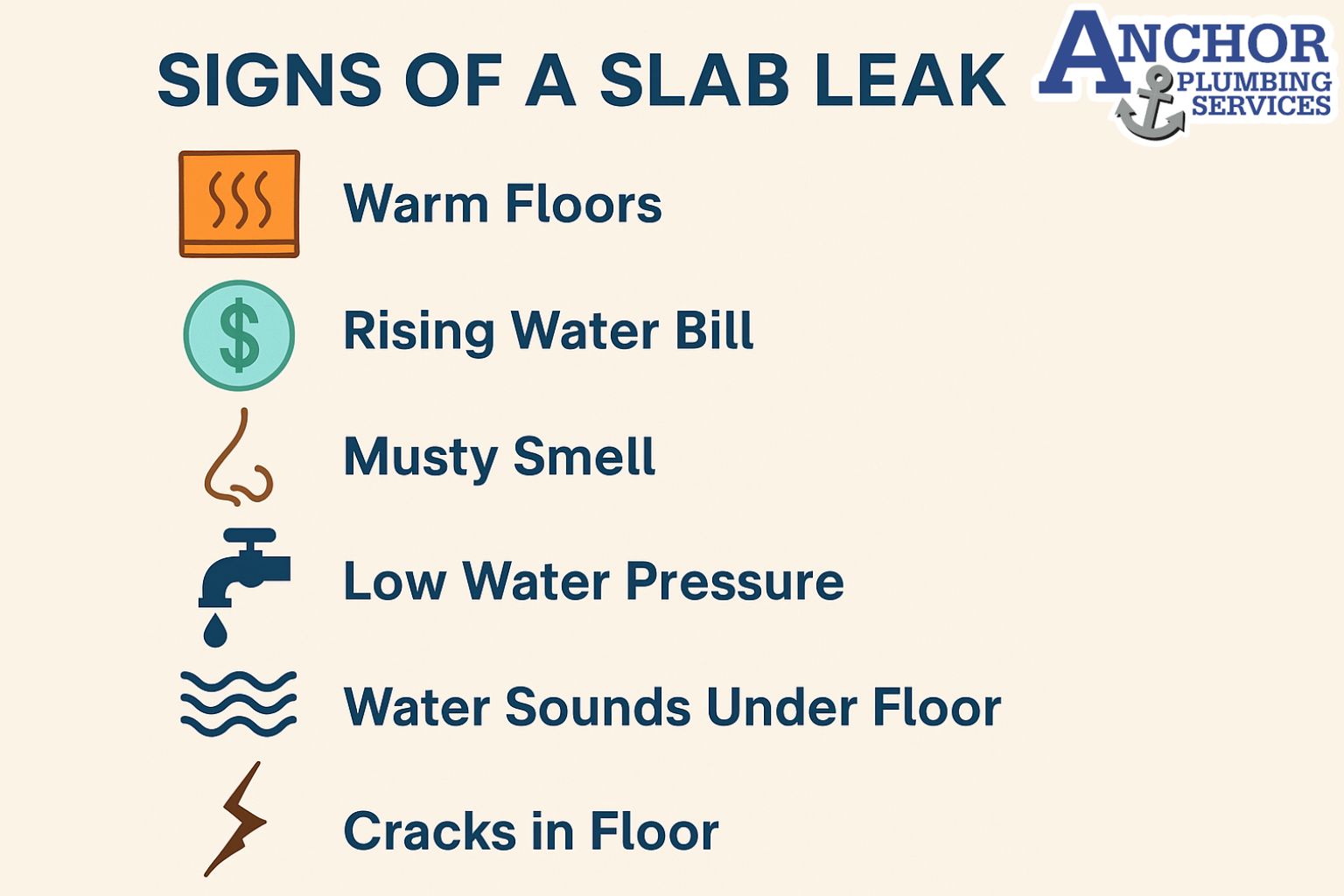
Unexplained water bills often indicate a hidden leak beneath your home’s foundation. Because slab leaks occur underground, early warning signs are subtle but reveal themselves through changes in your flooring, water usage, or pressure levels.
- Warm or Damp Floors: Warm spots on floors can mean a hot water line is leaking beneath the slab. The escaping water heats the surrounding concrete and radiates through tile or wood surfaces.
- Sudden Increase in Water Bill: A consistent rise in your water bill without increased usage is one of the clearest indicators of a slab leak. The leak causes continuous water flow, even when no fixtures are running.
- Mold or Mildew Smell: Persistent dampness beneath the flooring promotes mold and mildew growth. A musty odor inside your home signals hidden moisture and potential water pooling under the foundation.
- Low Water Pressure: Leaking pipes beneath the slab divert water away from fixtures, resulting in weak flow from faucets or showers. This drop in pressure often worsens over time as the leak expands.
- Sounds of Running Water Under the Floor: Hearing water movement when all taps are closed suggests a continuous underground leak. This sound is often most noticeable at night when the house is quiet.
- Foundation Cracks or Floor Discoloration: Prolonged water exposure weakens the soil supporting your foundation. This pressure can lead to cracks in the slab or discoloration on floors and walls, signaling long-term leakage and potential structural damage.
Identifying these signs early allows homeowners to act before small leaks cause major foundation or plumbing failures.
How Long Does Slab Leak Repair Take
Most slab leak repairs take between 1 to 4 days, depending on leak location, repair method, and accessibility beneath the foundation. Detection and rerouting may extend the project by a day or two for complete restoration.
- Leak Detection:: Professional leak detection typically takes two to four hours, using tools such as moisture meters, infrared cameras, or acoustic sensors to trace the exact source.
- Spot Repair:
A localized repair that requires breaking through the slab and replacing a short pipe section usually takes one to two days, including drying and patching time. - Rerouting or Repiping: Comprehensive rerouting or repiping, where new water lines are installed through walls or ceilings, can take two to four days depending on home size and plumbing complexity.
Technicians may require additional drying time before restoring flooring or baseboards to prevent trapped moisture. Homes with multiple leaks or older plumbing systems often need extended timelines to ensure lasting results.
Does Homeowners Insurance Cover Slab Leak Repair
Home insurance may cover slab leaks if the damage results from a sudden or accidental event, such as a burst pipe or foundation shift. However, policies typically exclude costs for pipe replacement or gradual wear and tear from corrosion.
Coverage usually extends to water damage cleanup, floor restoration, and structural drying, but not to the actual plumbing work unless the leak caused secondary property damage.
Preventable wear, poor maintenance, or long-term corrosion are generally not covered. Insurers may also require proof of timely repair to approve future claims.
Before scheduling repairs, review your policy’s water damage coverage limits and deductible. A licensed plumber can document the source of the leak, helping you submit accurate information for insurance claims.
Understanding what your policy includes ensures you are financially prepared for both immediate repairs and potential restoration expenses.
How Can You Prevent Future Slab Leaks
You can prevent slab leaks by maintaining stable water pressure and scheduling regular plumbing inspections. Preventive care reduces the risk of corrosion, pipe fatigue, and foundation damage.
- Maintain Proper Water Pressure: Keep your home’s water pressure below 80 psi using a pressure regulator. Excessive pressure stresses pipes under the foundation and accelerates wear, especially in copper or older systems.
- Schedule Annual Plumbing Inspections: Regular professional inspections detect small leaks and early corrosion before they develop into major slab leaks. Licensed plumbers use tools such as pressure gauges and moisture meters to ensure your plumbing remains stable.
- Install a Water Softener: Hard water contributes to mineral buildup and corrosion inside pipes. Installing a water softener helps extend the lifespan of your plumbing system and prevents scale-related deterioration.
- Address Minor Leaks Immediately: Even a small, slow drip can become a serious foundation problem. Promptly repairing visible leaks or drops in water pressure prevents moisture from accumulating beneath the slab.
Routine maintenance and water quality management are the most effective ways to prevent future slab leaks and preserve your home’s structural integrity.
Frequently Asked Questions About Slab Leak Repair Costs
How much does it cost to find a slab leak?
Leak detection alone costs between $150 and $600, depending on the tools used and accessibility beneath the foundation.
Is it cheaper to reroute or break the slab?
Rerouting is often more cost-effective because it avoids breaking through concrete and reduces restoration costs after repair.
Can slab leaks cause foundation damage?
Yes. Prolonged leaks can weaken concrete, shift soil, and cause cracks that compromise your home’s foundation stability.
How long do repairs last?
Professional repairs typically last for decades, especially when using PEX repiping or epoxy lining to prevent corrosion and future leaks.
Conclusion: Protecting Your Home from Costly Slab Leaks
Slab leaks require fast, precise repairs to prevent long-term foundation and plumbing damage. Most homeowners spend between $1,500 and $4,500, depending on the repair method, leak location, and pipe material.
Professional slab leak repair ensures lasting protection by combining advanced detection tools with reliable restoration techniques. Timely intervention reduces water waste, prevents structural deterioration, and maintains your property’s value.
Anchor Plumbing Services delivers trusted slab leak repair and detection solutions with transparent pricing and expert workmanship across San Antonio. Our licensed plumbers diagnose, repair, and protect your home using state-of-the-art equipment to restore safety and comfort with long-lasting results.


